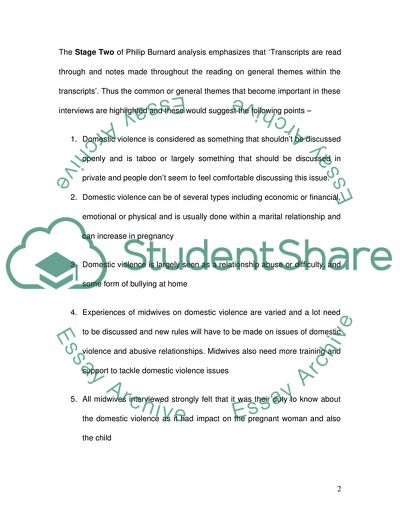Cite this document
(Domestic Violence Is It a Taboo Case Study Example | Topics and Well Written Essays - 5000 words, n.d.)
Domestic Violence Is It a Taboo Case Study Example | Topics and Well Written Essays - 5000 words. Retrieved from https://studentshare.org/law/1708098-an-exploratory-qualitative-study-to-investigate-midwives-attitudes-to-enquiry-concerning-domestic-violence
Domestic Violence Is It a Taboo Case Study Example | Topics and Well Written Essays - 5000 words. Retrieved from https://studentshare.org/law/1708098-an-exploratory-qualitative-study-to-investigate-midwives-attitudes-to-enquiry-concerning-domestic-violence
(Domestic Violence Is It a Taboo Case Study Example | Topics and Well Written Essays - 5000 Words)
Domestic Violence Is It a Taboo Case Study Example | Topics and Well Written Essays - 5000 Words. https://studentshare.org/law/1708098-an-exploratory-qualitative-study-to-investigate-midwives-attitudes-to-enquiry-concerning-domestic-violence.
Domestic Violence Is It a Taboo Case Study Example | Topics and Well Written Essays - 5000 Words. https://studentshare.org/law/1708098-an-exploratory-qualitative-study-to-investigate-midwives-attitudes-to-enquiry-concerning-domestic-violence.
“Domestic Violence Is It a Taboo Case Study Example | Topics and Well Written Essays - 5000 Words”, n.d. https://studentshare.org/law/1708098-an-exploratory-qualitative-study-to-investigate-midwives-attitudes-to-enquiry-concerning-domestic-violence.


